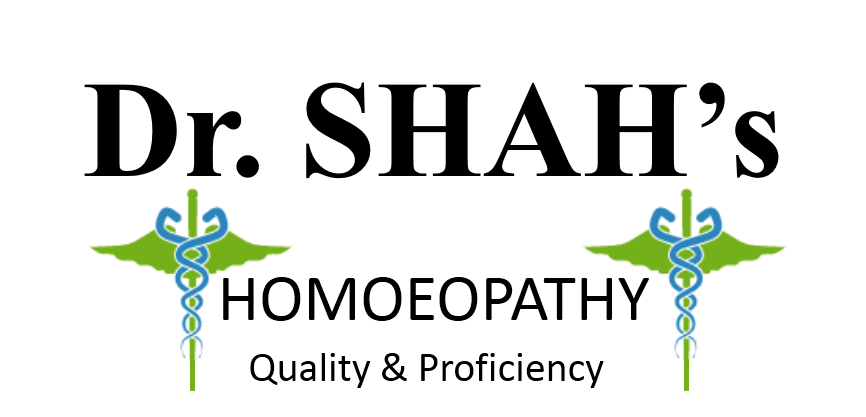IBD Inflammatory Bowel Disease is a functional Gastrointestinal disease that mainly affects the bowel-large or small intestine.
It is the chronic relapsing inflammation of intestine.
Certain genetic and environmental factors are known to be associated with IBD.
The disturbances of immune system and impaired action of microbes leads to development of IBD.
Chrons disease and ulcerative colitis are two different entities of IBD.
Chrons disease
It is a type of IBD that may affect the GI tract from mouth to anus.
Most probably it involves sharply demarcated single or multiple areas of large intestine, terminal ileum or ileocecal region.
Risk factors and cause
Age- chrons disease can occur at any age but most commonly develops at young age.
Hereditary-About 15%of patients with chrons disease have one or more family members either with chrons disease or ulcerative colitis.
Cigratte smoking-smokers are most likely to develop chrons disease than non smokers.
Diet-high intake of refined sugars and low intake of fibre can mainly contribute to chrons disease.
Certain medications like NSAID’s.
Pathogenesis
Chrons disease is believed to be result of an imbalance between proinflammatory and anti-inflammatory cells.
There are some mutations in NOD2 gene that disrupts the mucosal defence mechanism.
NOD2 earlier known as CARD15 helps protect body against foreign Invader like bacteria and viruses through immune system cells like macrophages, monocyte and dendritic cells.
When triggered by some bacteria they become active and regulate activity of multiple genes that controls inflammatory response.
ATG16L1 is also involved in pathogenesis.it provides information for making a protein that is required for autophagy (destruction of cells in body).
It’s mutations impaires autophagy process and allows worn our cells to persist in body.
Depressed defence mechanism can stimulate microbial proliferation in body.
Under microscope biopsies of affected colon shows mucosal inflammation characteristed by inflitration of neutrophilis.
Neutrophils along with mono nuclear cells infiltrate crypt’s leading to inflammation and abscess.
Signs and symptoms
Intestinal manifestation-
-Ileum- abdominal pain and cramps
Diarrhoea
Obstructive symptoms
Mass in right iliac fossa
Acute ileitis
-colon- rectal bleeding
Intestinal stenosis
Perianal disease
-rectum-proctitis
Extraintestinal manifestation-
Eyes-it causes uveitis causing blurred vision and eye pain.Photophobia
Oral cavity-it causes apthous stomatitis, geographic tongue,chelitis granulomatosa.
Skin-erythema nodusum, ulcerative nodules.
Chrons disease can also cause osteoporosis and thinning of bones
Clubbing of fingers
Deep vein thrombosis
Fatigue
Diagnosis
Blood test-Anaemia is noted in PT with chrons disease.there are low blood cell count.
Stool test-For presence of any occult blood.
Colonoscopy-it is more accurate test that detects the ulcers and areas of inflammation.It can also be used to take biopsies.
Ultrasonography can be useful in patients with palpable abdominal mass and in order to differentiate from abscess
CT scan-this test is used to diagnose entire bowel as well as tissue outside the bowel.it has replaced barium x-rays.
MRI is useful for investigating complex perianal disease
Upper GI endoscopy- A flexible tube containing a camera is inserted in stomach and upper part of small intestine.it can also be done using a capsule.
